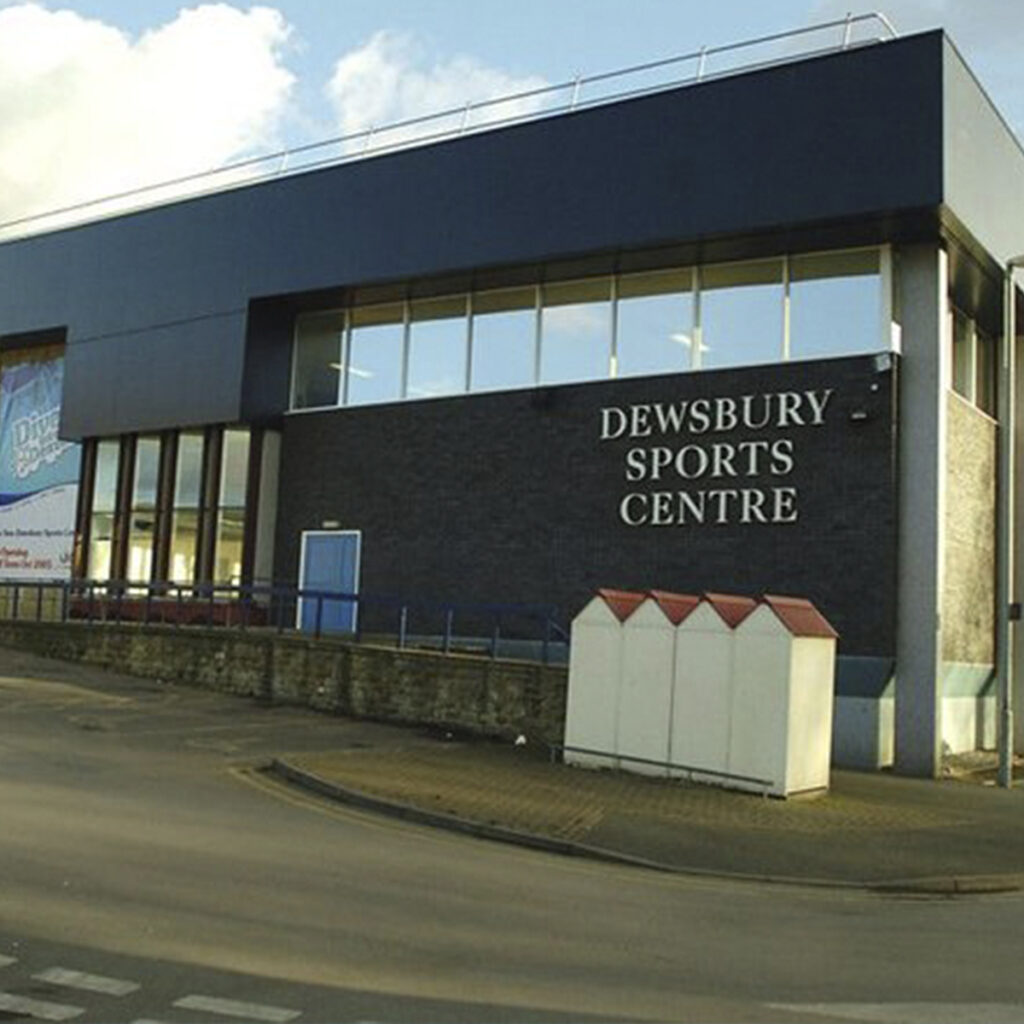Social Media Policy
Some of the information contained here is directly lifted from the ASA wave power policy document.
There are a number of reasons for this information being collated into a policy document. The club recognises that it is increasingly using Facebook, Twitter and Instagram. The club use of these and other media forums is only likely to increase going forward.
These are important communication tools for the club and also serve to raise the profile of Dewsbury Amateur Swimming Club. As we seek and obtain sponsorship for the club, the more followers we have, the more attractive we are to potential sponsors.
As a club we also recognise that the use of social networking sites such as Facebook and Twitter for example is a rapidly growing phenomenon and is increasingly being used as a communication tool of choice by young people and adults. Facebook is reported to have in excess of five hundred million active users worldwide. A third of the UK population is reported to have a Facebook account.
With social media comes a range of opportunities for promoting the club and the achievements of its swimmers in a positive way, unfortunately with social media also comes a range of different problems, which parents, schools, and clubs have to manage.
With that in mind the club wishes to issue the following guidance to our swimmers regarding the use of social media:
- Do not ask your club coach or teacher to be your social networking site friend – they will refuse as that would breach good practice.
2. Use the internet positively and do not place yourself at risk. Have a look at www.ceop.gov.uk for some useful tips.
3. Consider who you are inviting to be your friend and follow the good advice of the social networking sites to ensure you are talking to the person you believe you are talking to.
4. Always consider that any communication, comments, photos and video clips posted on a social networking site may be shared with persons other than those for whom it was intended. Never share pictures of yourself or your friends that might reach other people that you do not wish to see them. Also never post or send any photographs, videos or make comments that may be: hurtful, untrue and upsetting and you may regret sharing later on or used by other people in a way you did not intend or want.
5. Do not put pictures of other club members on the site within the club setting as you may breach the ASA Photography Guidance. If you do wish to upload a picture you must get advice and consent of your parent, the other young person and their parent and a club officer before even considering uploading a photo. This will not prevent you having pictures of your swimming friends on your site taken outside of the sporting arena but it is good advice to always ensure they and their parents are happy with any picture you have of them on your site.
6. Always be aware that social networking sites are a method of communication like letter writing and the spoken word. They are bound by the same laws and rules. Such technology is instant and this allows you as the user to react in the ‘heat of the moment’, where in the past you would have been required to write a letter, which would have taken time and allowed for you to think again before sending. So never place a comment on the internet that you would not put in writing or say to the individual concerned face to face as to do so may not only breach ASA Policy but also the law.
In summary we would advise that you apply a filter and that before hitting the send button you consider this; ‘would I want my parents or grandparents to see what I am about to send or post?’ If the answer is ‘No’ then you probably shouldn’t be hitting the send button.
Please remember that once something is on the Internet or social media, it stays there, it can always be retrieved, no matter how many times you hit delete.
If parents have concerns then please contact the club. We have two club welfare officers and can also contact the ASA or other relevant authorities on your behalf.
Please also see the attached link to the relevant wave power documents for further guidance and advice should you need it;
http://www.swimming.org/assets/uploads/library/SocialNetworking_from_WavepowerSection2.pdf

